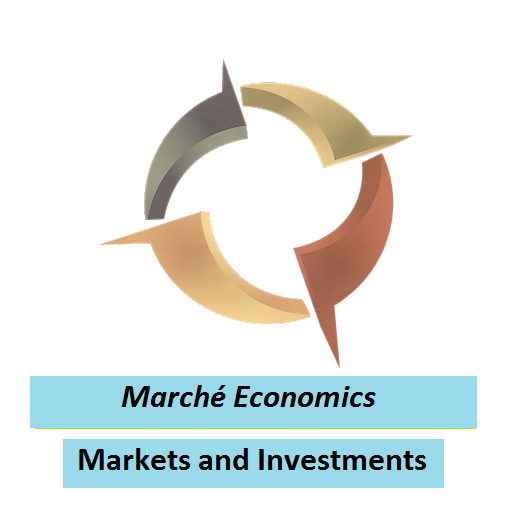This month I am providing you the opportunity to invest in what I do: Use CEFs and ETFs as a source of dividend income and for capital appreciation. I tend to get between 10% to 15% per year in capital appreciation plus about 8% to 9% in dividend income. The simplest and most consistent method for both is to buy at a discounted price relative to a funds net asset value (NAV) and wait for it to appreciate. This also maximizes a funds yield or dividend income. Sell once you have attained sufficient capital gains and when you have identified another similar fund to buy at a relatively better price.
I am giving you a list of starter CEFs that use little or no leverage and that pay monthly dividends. Consider PIM, PPT, BST, BSTZ, BMEZ, EXD, ETY, AWF, FEO, and MGF as places to start. Some are bond funds and others are equity based. BST, BSTZ, and BMEZ offer the potential to buy and hold, and re-invest the dividends if you want, because they generally grow in value at a much faster rate. BST has been particularly great at increasing its dividend. In fact, you could invest regularly in these three funds, re-invest their dividends as well, and plan on retiring rich someday! The lower leverage bond funds PIM, PPT, and MGF will tend to add stability to your portfolio, but they also provide portfolio growth if you re-invest their dividends.
Some ETFs with the potential for capital appreciation and dividends (that you could also re-invest) are: QYLD, XYLD, and RYLD).
Last, here are some other monthly paying CEFs at relatively discounted prices that you can research, organize and use in a rotation as they increase in price: HTD, ETG, BOE, FPL, SPE, BWG, AROC, EIC, CII, BDJ, RA, JRI, and RQI. Once they increase in price, you will have to find other similar funds as candidates to buy. For example, I just rotated out of one collateralized loan obligation fund (OXLC) that had become relatively more expensive into another one (ECC) that was now relatively cheaper. Before that, I had rotated out of a more expensive real-estate oriented fund (RNP) into RQI, another relatively cheaper real-estate oriented fund.
This method works best if you hold your funds and continue to rotate through them based on relative price changes regardless of any market turbulence. If you stick only with good funds, and especially those with low leverage, they will not cut dividends as much in a downturn so your income will not vary all that much. Market turbulence may also increase the opportunity for relative price changes and fund rotation. Good investing and Happy Thanksgiving!
